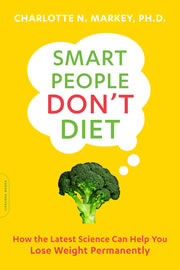 I’ve written previously about the importance of permanent habit change in both managing your finances and your body weight. After finishing Smart People Don’t Diet by Charlotte Markey and then reviewing my Kindle highlights, please allow me to compare weight management and money management one more time.
I’ve written previously about the importance of permanent habit change in both managing your finances and your body weight. After finishing Smart People Don’t Diet by Charlotte Markey and then reviewing my Kindle highlights, please allow me to compare weight management and money management one more time.
I’m going to keep it simple; I’ll quote exact sentences from the book, and then tweak them ever-so-slightly to magically transform them into personal finance wisdom. Here’s a quote about her overall reason for writing this book:
Psychologists like me have been doing research about eating and weight loss for over a hundred years, and thousands of studies about these issues have been published. Scientists in related fields such as nutrition, medicine, and community health have also been studying and publishing about these issues for a very long time. And yet it seems that the most marketable and even outlandish ideas are what get the most attention when it comes to weight loss—not necessarily the ideas that are really going to work!
Here’s my Mad Libs version (all changes are bolded):
Finance academics like me have been doing research about investing for over a hundred years, and thousands of studies about these issues have been published. Scientists in related fields such as economics and behavioral psychology have also been studying and publishing about these issues for a very long time. And yet it seems that the most marketable and even outlandish ideas are what get the most attention when it comes to investing—not necessarily the ideas that are really going to work!
Sounds about right to me. Now, the recommended first step is to track your eating with a food diary:
Phase 1 is all about taking inventory and getting to know yourself—a critical first step. There should be no sense of deprivation when you follow the instructions for Phase 1. Phase 2 is when you’ll start to actually make changes to your eating behaviors.
In the same way, my recommended first step has been to track your spending with a daily log. There is virtually no change needed!
Phase 1 is all about taking inventory and getting to know yourself—a critical first step. There should be no sense of deprivation when you follow the instructions for Phase 1. Phase 2 is when you’ll start to actually make changes to your spending behaviors.
However, many successful people don’t need to keep up this daily tracking forever.
This is all common sense, but it is also supported by research: keeping a mental record of what you eat, or “counting” what you eat, is exhausting. This is one reason I don’t recommend constantly counting calories or counting anything as part of a long-term approach to weight management: food choices shouldn’t add to your mental fatigue.
The key is to measure your baseline and then make incremental but permanent changes. Nowadays, I still add up my expenses at the end of each month, but I don’t track anything on a day-to-day basis.
This is all common sense, but it is also supported by research: keeping a mental record of what you spend, or “counting” what you spend, is exhausting. This is one reason I don’t recommend constantly tracking every expense or counting anything as part of a long-term approach to money management: financial choices shouldn’t add to your mental fatigue.
Here are tips on creating better habits that won’t suck up all your willpower:
You don’t need to squeeze your own oranges to make juice; just eat an orange. You don’t need to make homemade bread; just buy whole-grain bread. It is okay to rely on frozen fruits or veggies to ensure that you eat enough each day. If you want to change your habits for the long-term, stick to a plan that is simple and create food routines. Simple is sustainable.
Simple is sustainable, I like that phrase!
You don’t need to analyze the balance sheets of individual companies; just buy an index fund. You don’t need to remember to manually save every month; make it automatic with scheduled online transfers to your IRA and/or 401k. It is okay to rely on Mint.com or PersonalCapital.com and credit/debit cards to track your overall spending. If you want to change your habits for the long-term, stick to a plan that is simple and create financial routines. Simple is sustainable.
Finally, a nice little summary. (The book has a lot of good advice, but it is a little repetitive.)
What I recommend to people to help them to lose weight is not always sexy, but it is what works. Weight-loss books change; most of them don’t stick around because they don’t work. To be healthy and lose weight, you have to change your habits. You also have to understand why you are eating. Convenience, habits, and our emotions are all an important part of our food choices.
What I recommend to people to help them to save and invest wisely is not always sexy, but it is what works. Personal finance and investing books change; most of them don’t stick around because they don’t work. To save prudently and achieve financial freedom, you have to change your habits. You also have to understand why you are earning and spending. Convenience, habits, and our emotions are all an important part of our financial choices.
 I am nearing my 6-month anniversary of making a weight loss bet with
I am nearing my 6-month anniversary of making a weight loss bet with 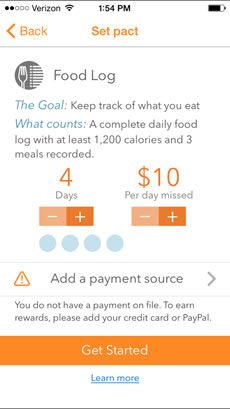
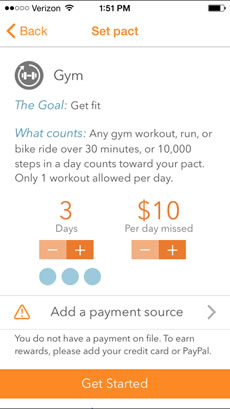
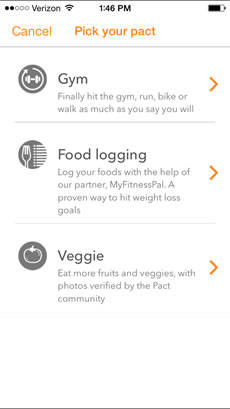
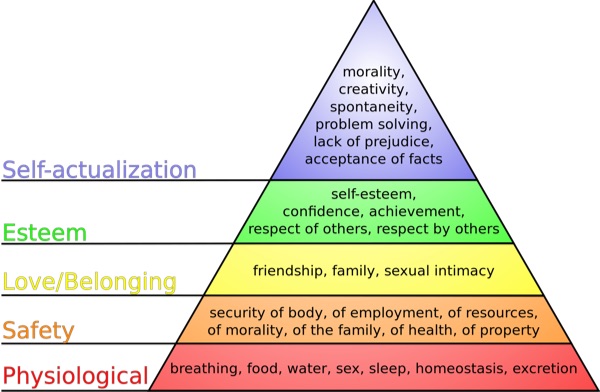
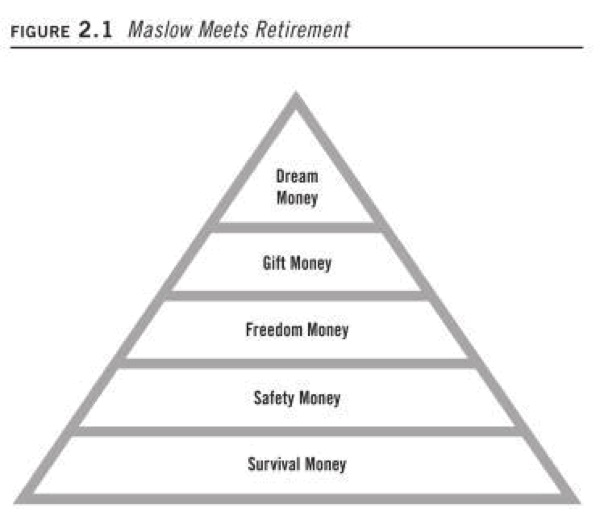
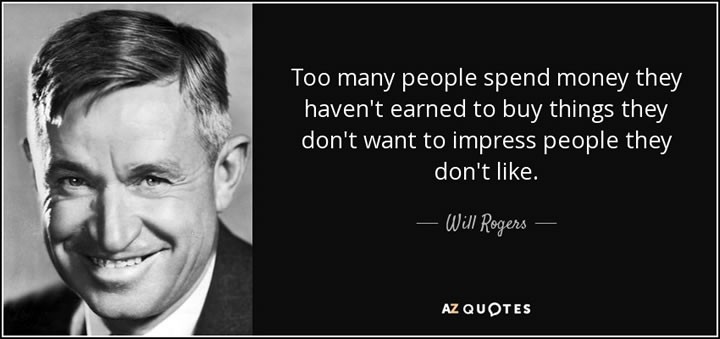
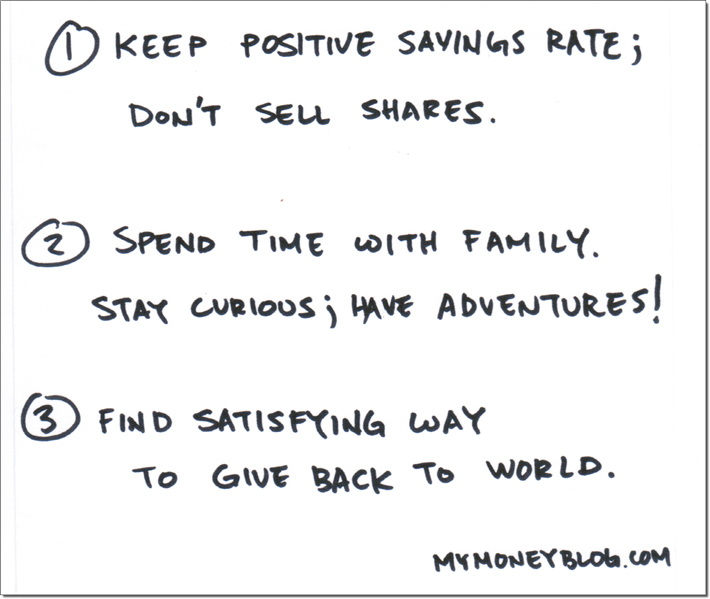
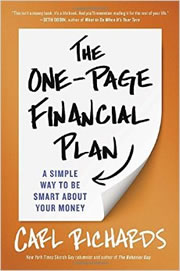
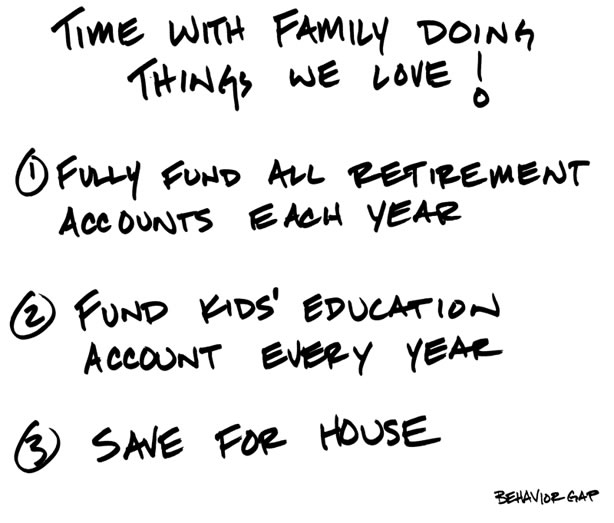
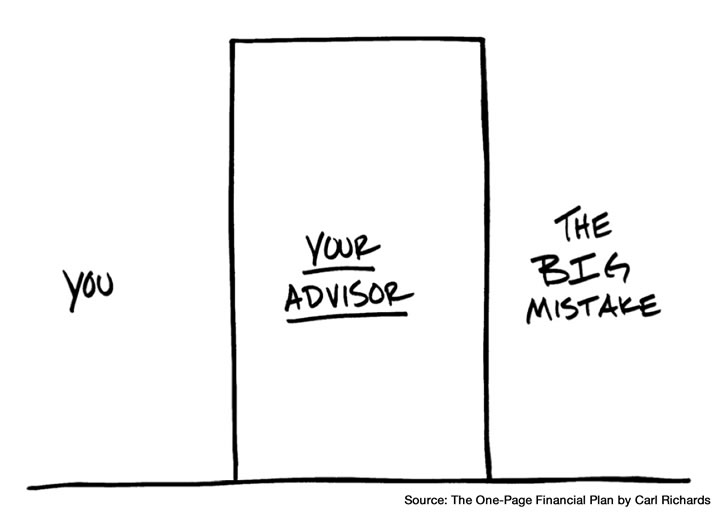
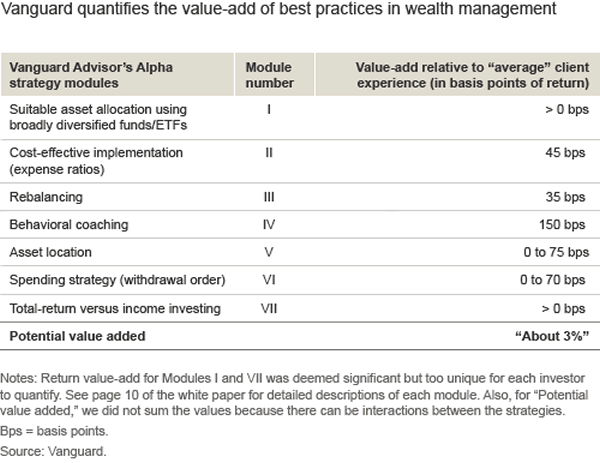
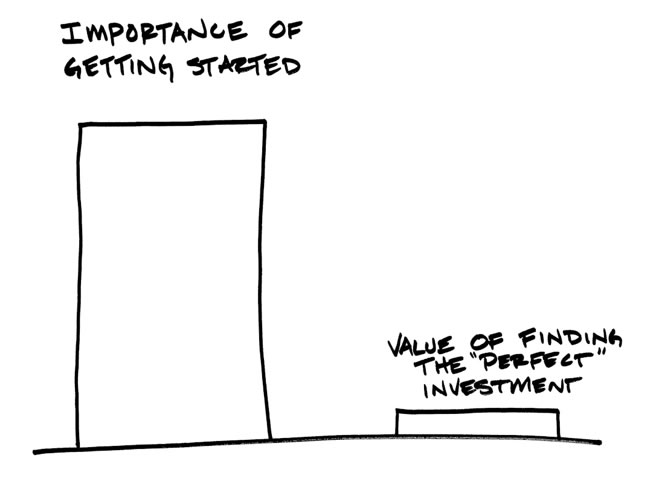
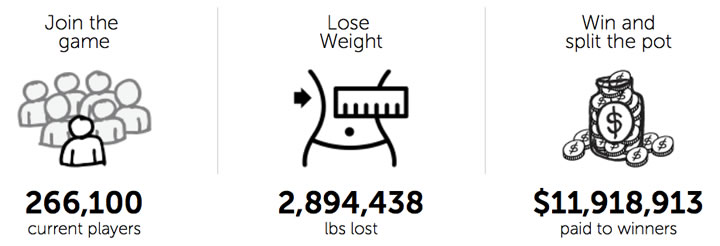
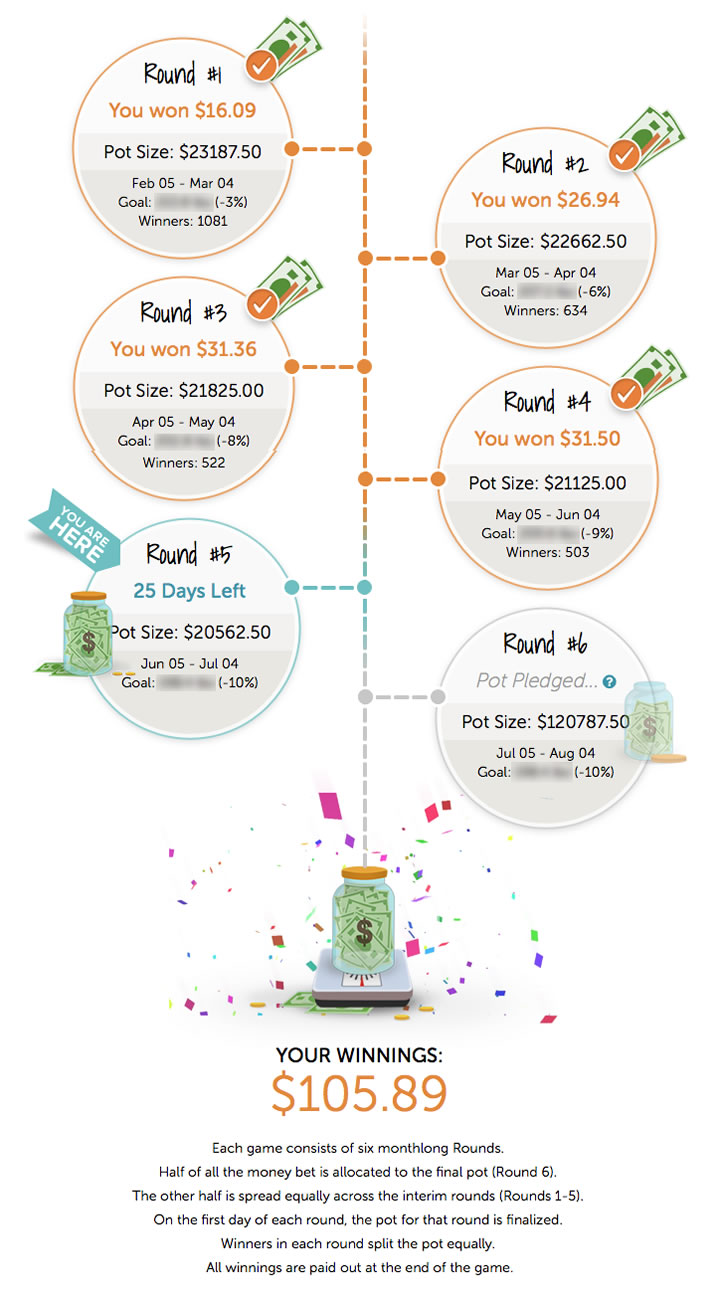
 Here’s another data point on the debate on how often to rebalance your portfolio to your target asset allocation.
Here’s another data point on the debate on how often to rebalance your portfolio to your target asset allocation. 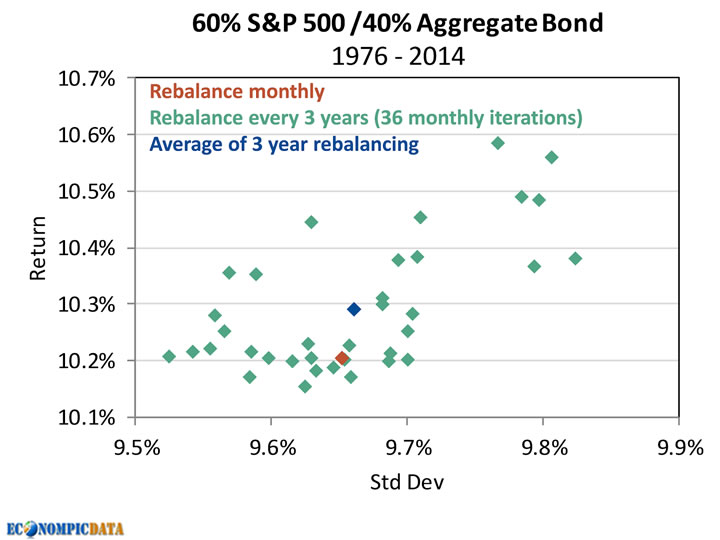
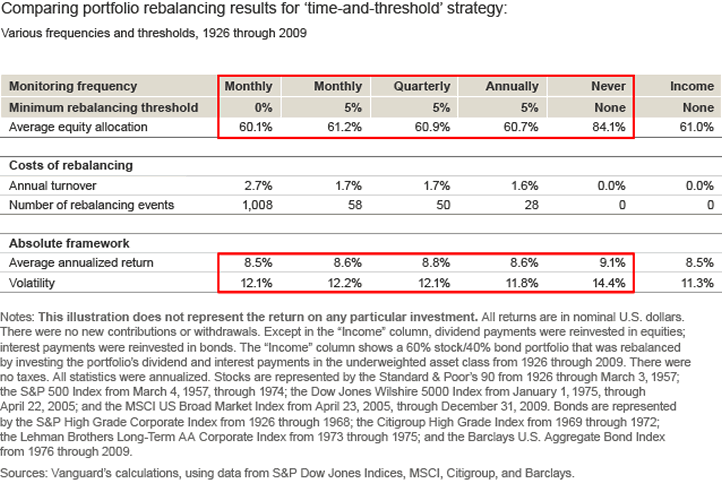
 Quick question – What was the highest value ever for your investment portfolio? Now, what was the value exactly a year before that? You probably know the answer to the first question, but not the second, even though both have little to do with your final portfolio value.
Quick question – What was the highest value ever for your investment portfolio? Now, what was the value exactly a year before that? You probably know the answer to the first question, but not the second, even though both have little to do with your final portfolio value.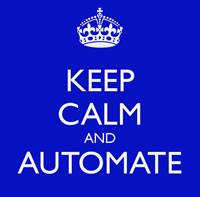 Let’s take a step back and focus on some actionable tips to simplify and automate your savings. Think of it as knocking out your New Year’s Resolution in just 10 minutes or less.
Let’s take a step back and focus on some actionable tips to simplify and automate your savings. Think of it as knocking out your New Year’s Resolution in just 10 minutes or less.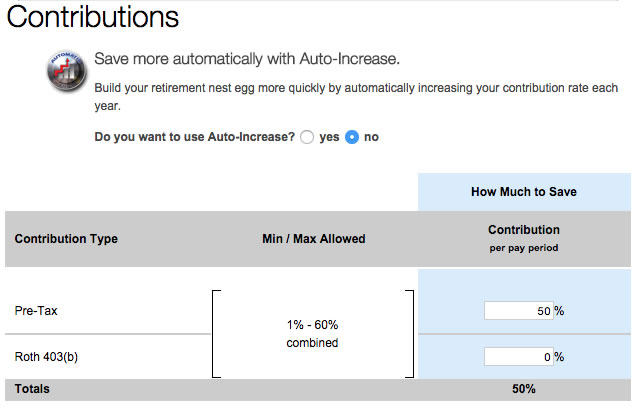
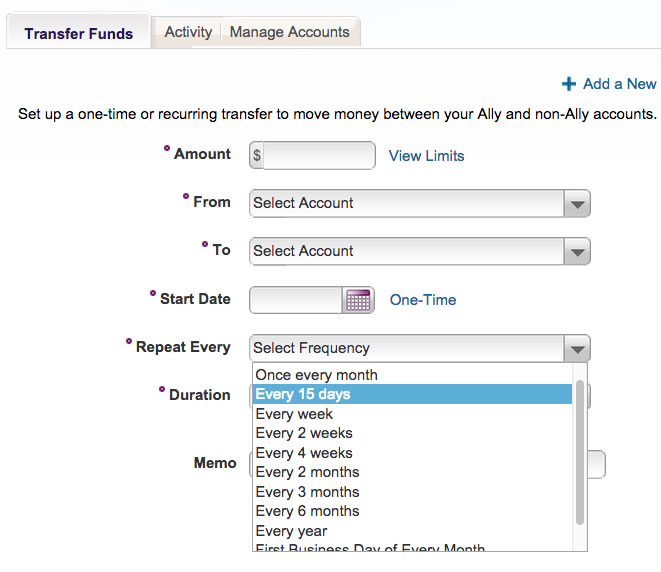
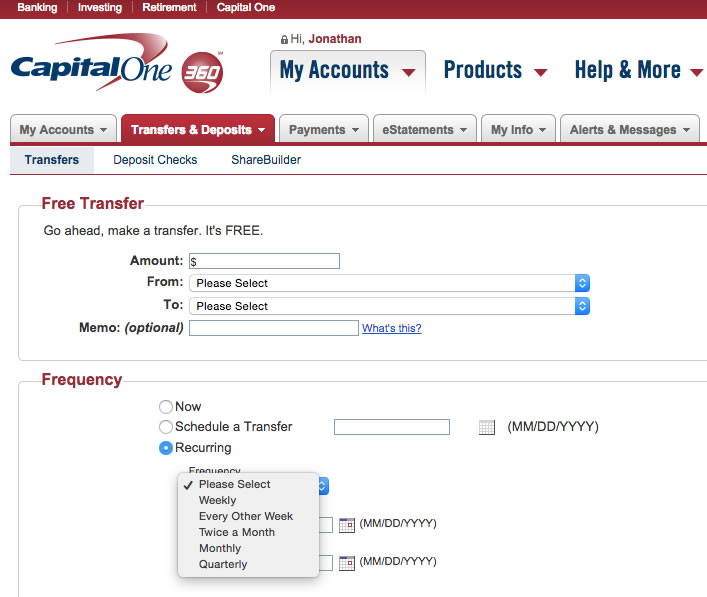
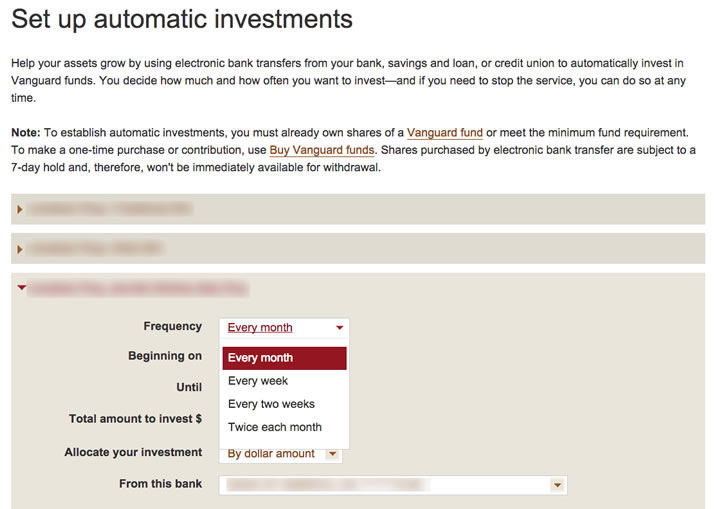
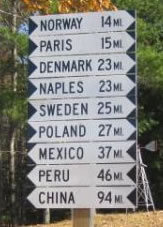 You’ve probably heard the advice that you should buy experiences and not things. (Except maybe when
You’ve probably heard the advice that you should buy experiences and not things. (Except maybe when  The Best Credit Card Bonus Offers – 2025
The Best Credit Card Bonus Offers – 2025 Big List of Free Stocks from Brokerage Apps
Big List of Free Stocks from Brokerage Apps Best Interest Rates on Cash - 2025
Best Interest Rates on Cash - 2025 Free Credit Scores x 3 + Free Credit Monitoring
Free Credit Scores x 3 + Free Credit Monitoring Best No Fee 0% APR Balance Transfer Offers
Best No Fee 0% APR Balance Transfer Offers Little-Known Cellular Data Plans That Can Save Big Money
Little-Known Cellular Data Plans That Can Save Big Money How To Haggle Your Cable or Direct TV Bill
How To Haggle Your Cable or Direct TV Bill Big List of Free Consumer Data Reports (Credit, Rent, Work)
Big List of Free Consumer Data Reports (Credit, Rent, Work)